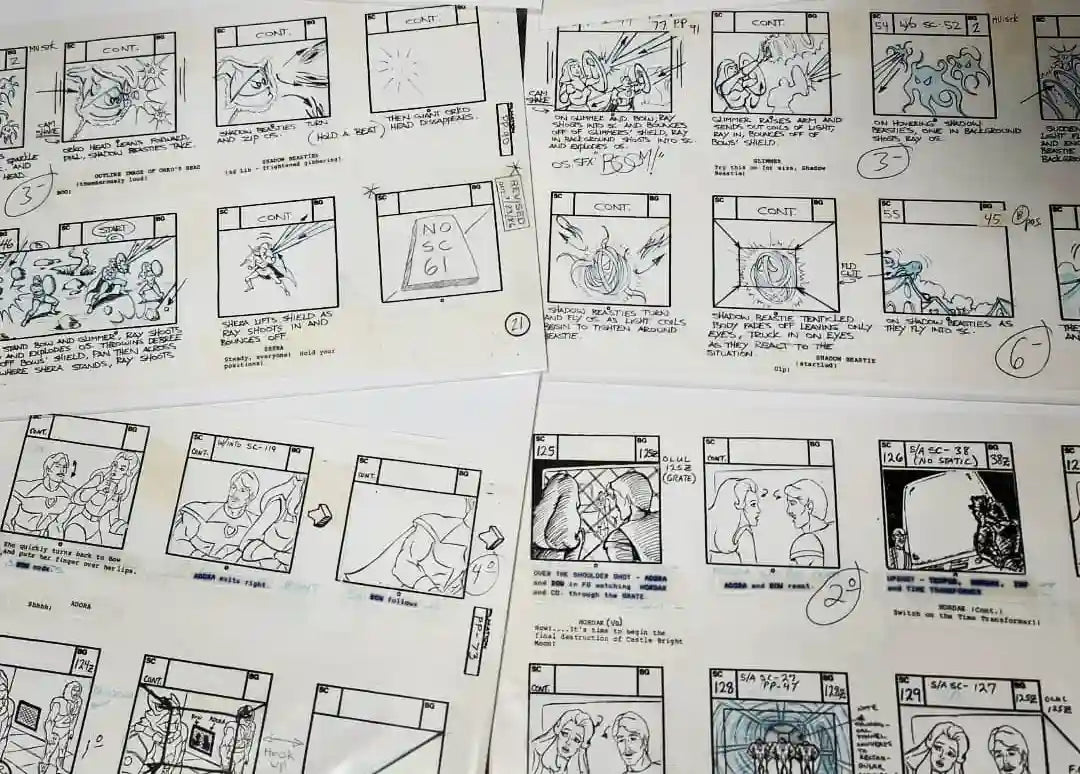
What is Traditional Animation or Cel Animation?
Cel Animation Process
After the cel paintings are completed, they are placed on top of a background image. Typically, artists paint the background image on a separate sheet of paper.

Storyboarding
Traditional Animation Backgrounds
The Techniques of Traditional Animation
Traditional animation uses many various techniques to make scenes and characters come to life. Animators use keyframes as a basic technique to draw important points in the animation first. They later add frames to create fluid motion, which they call in-betweens.
Additionally, animators give characters a sense of weight and flexibility by applying the squash and stretch principles. This method works well for conveying dynamic movements like stretching or jumping.

Rotoscoping
Max Fleischer developed the traditional cel animation technique known as "rotoscoping" in 1915. In this technique, animation is "traced" over real-world film footage of actors and scenery.
The live-action will typically be registered and printed out frame by frame. The artist covers the live-action printouts with another piece of paper, and uses a lightbox to trace the action frame by frame. Even though the final product is hand-drawn, the motion will be incredibly realistic.
Rotoscoping is commonly used to animate lifelike human characters in movies such as Sleeping Beauty, Peter Pan, and Snow White.
Limited Animation
Films with limited animation are those that don't need as many details. Not often realistic, usually a classic and expressive kind of animation.
This technique began as a low-cost way to make animated TV shows. It became popular for its funny characters, colorful designs, and unique style.
Legacy and Continued Use
Numerous animation experts say that traditional animation is still relevant today. There are several reasons why it might be back or, at the very least, experiencing a resurgence in popularity. Some people believe traditional animation has a special charm that computer-generated animation lacks. They also think that it is more "artistic" than CG animation.
Of course, traditional animation has its share of challenges. For example, it can be labour- and time consuming, expensive, and challenging to find skilled animators. But, many people think that traditional animation has more advantages than disadvantages.
Cel-based animation was the primary animation technique before the arrival of digital animation. It is still used in some productions for its unique hand-drawn aesthetic. Short films often utilise cel animation to bring nostalgia and artistic expression through the classic animation style.

